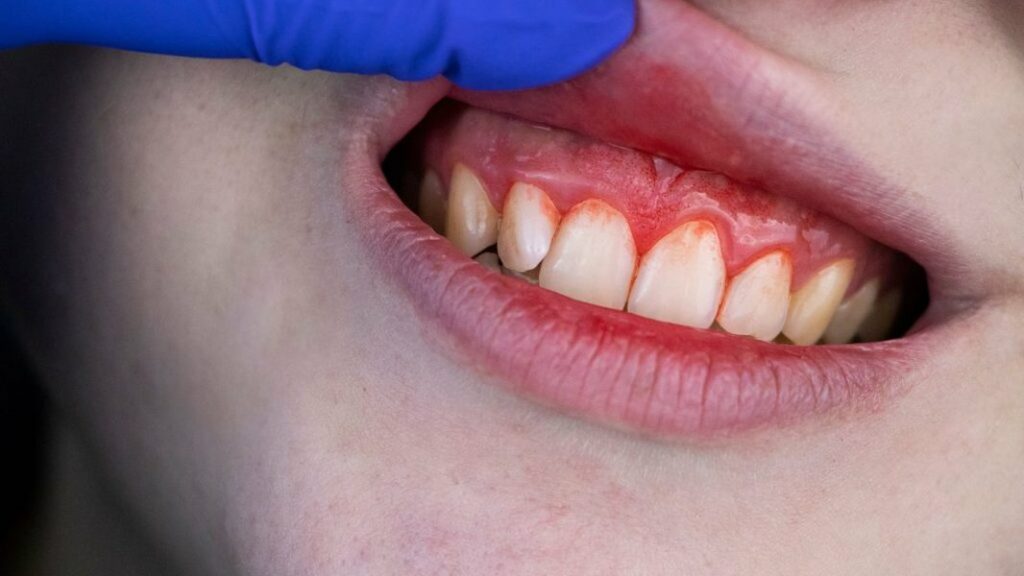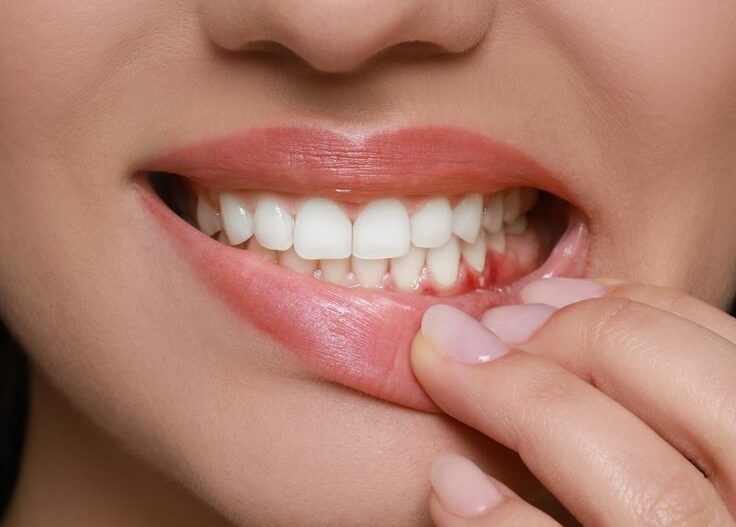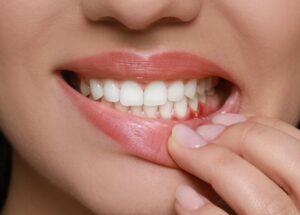Gum disease, medically known as periodontal disease, is a prevalent oral health issue that can progress silently, often without significant discomfort until it reaches advanced stages. This condition, if left untreated, can lead to serious complications, including tooth loss and potentially impact your overall systemic health. Understanding the early warning signs and implementing timely preventive measures are crucial for maintaining healthy gums and teeth for a lifetime.
Decoding Gum Disease: An Overview
Gum disease originates from the accumulation of plaque—a sticky bacterial film—on the teeth and along the gumline. This bacterial buildup triggers an inflammatory response in the gums, known as gingivitis, which is the earliest and most reversible stage of gum disease. If gingivitis is ignored, the inflammation can spread, affecting the underlying bone and connective tissues that support your teeth, leading to a more severe form called periodontitis. Periodontitis can cause the formation of pockets between the gums and teeth, where bacteria can thrive, further damaging the supporting structures and potentially leading to tooth mobility and eventual tooth loss.
The good news is that early detection and consistent, proper oral care can often reverse gingivitis and halt the progression of periodontitis. This makes recognizing the warning signs paramount for effective intervention.
The 7 Unmistakable Warning Signs of Gum Disease
Being able to identify the early indicators of gum disease is your first line of defense. If you notice any of these signs, it is highly recommended to consult a dental professional promptly for an accurate diagnosis and appropriate treatment.
1. Bleeding Gums: The Primary Red Flag
One of the most common and often overlooked signs of gum disease is gums that bleed easily when you brush, floss, or even eat. Healthy gums should not bleed. This bleeding is typically a sign of inflammation caused by plaque buildup along the gumline, indicating early-stage gingivitis. Ignoring this symptom can lead to more serious complications.

2. Red, Swollen, or Tender Gums: Visual Cues of Inflammation
Healthy gums are typically pink, firm, and fit snugly around your teeth. Conversely, gums affected by disease may appear red, puffy, or swollen, and feel tender or painful to the touch. This visual change signals inflammation and infection that demands attention.

3. Persistent Bad Breath or Unpleasant Taste: Odors of Bacterial Activity
Chronic bad breath (halitosis) or a persistent, unpleasant taste in your mouth that doesn’t improve with regular brushing and mouthwash can be a significant sign of gum disease. This is often caused by the odor-producing bacteria that thrive in the pockets formed between unhealthy gums and teeth.
4. Receding Gums: Teeth Appearing Longer
If your teeth appear longer than they used to, it might be due to gum recession—where the gum tissue pulls away from the tooth surface, exposing the roots. This not only makes teeth more susceptible to decay and sensitivity but is also a sign of progressing gum disease and potential bone loss.
5. Loose or Shifting Teeth: Compromised Support Structures
In more advanced stages of gum disease, the bone and supporting tissues that hold your teeth in place can be significantly damaged. This can lead to teeth becoming loose, feeling wobbly, or even shifting their position, altering your bite. This symptom indicates a serious progression of the disease.
6. Pus Between Teeth and Gums: A Sign of Infection
The presence of pus or discharge around your teeth and gums is a definitive sign of a severe bacterial infection and advanced gum disease. This symptom requires immediate professional dental intervention.
7. Changes in Your Bite or Tooth Alignment: Altered Occlusion
If you notice that your teeth don’t fit together as they once did when you bite down, or if there are new gaps forming between your teeth, it could indicate bone loss affecting tooth alignment. This is another serious sign that necessitates prompt dental evaluation.
Strategies to Combat Gum Disease Early
The most effective approach to gum disease is proactive prevention and early intervention. Fortunately, gingivitis, the initial stage, is often reversible with consistent and proper oral hygiene practices.
Essential Daily Habits for Prevention
Maintaining excellent oral hygiene is fundamental to preventing and managing gum disease.
- Brush Twice Daily: Brush your teeth at least twice a day for two minutes each time using a soft-bristled toothbrush and fluoride toothpaste. Ensure you cover all surfaces of your teeth and gently brush along the gumline.
- Floss Daily: Flossing once a day is crucial for removing plaque and food particles from between your teeth and under the gumline, areas that your toothbrush cannot reach.
- Consider Antibacterial Mouthwash: An antimicrobial mouthwash can help reduce bacteria in your mouth that contribute to plaque formation and gum disease.
The Role of Professional Dental Care
Regular dental check-ups and professional cleanings are indispensable for early detection and treatment.
- Routine Dental Visits: Visit your dentist at least twice a year for comprehensive examinations and professional cleanings. Dentists can identify early signs of gum disease, even those you might miss, and remove hardened plaque (tartar) that cannot be removed by brushing alone.
- Early Treatment: If gingivitis is detected, professional cleaning (prophylaxis) can often reverse the inflammation and prevent progression to periodontitis.
Lifestyle Choices for Enhanced Gum Health
Beyond daily oral hygiene, certain lifestyle factors significantly impact your gum health.
- Quit Smoking: Smoking is a major risk factor for gum disease, as it weakens your immune system, making it harder for your gums to fight off infection and heal. Quitting smoking can dramatically improve your oral health.
- Balanced Diet: A healthy diet rich in vitamins and minerals supports your immune system and overall oral health. Limiting sugary foods and drinks can also reduce plaque buildup.
- Manage Health Conditions: Systemic health conditions, such as diabetes, can increase the risk and severity of gum disease. Effectively managing these conditions is vital for protecting your gums.
Expert Insights on Gum Disease Treatment
To gain further insight into gum disease, its causes, and effective treatment, watch the following video. It provides a professional perspective on managing periodontal health.
The video “Explaining Gum Disease” offers a comprehensive guide from a periodontist, covering the causes, symptoms, diagnosis, and various treatment options for gum disease. It serves as an excellent visual and auditory resource for understanding the complexities of periodontal health and reinforces the importance of professional intervention for effective management.
Disclaimer: This content is based on research from trusted medical sources and has been reviewed for accuracy. It is for health education purposes only and does not replace consultation with a qualified dentist.






